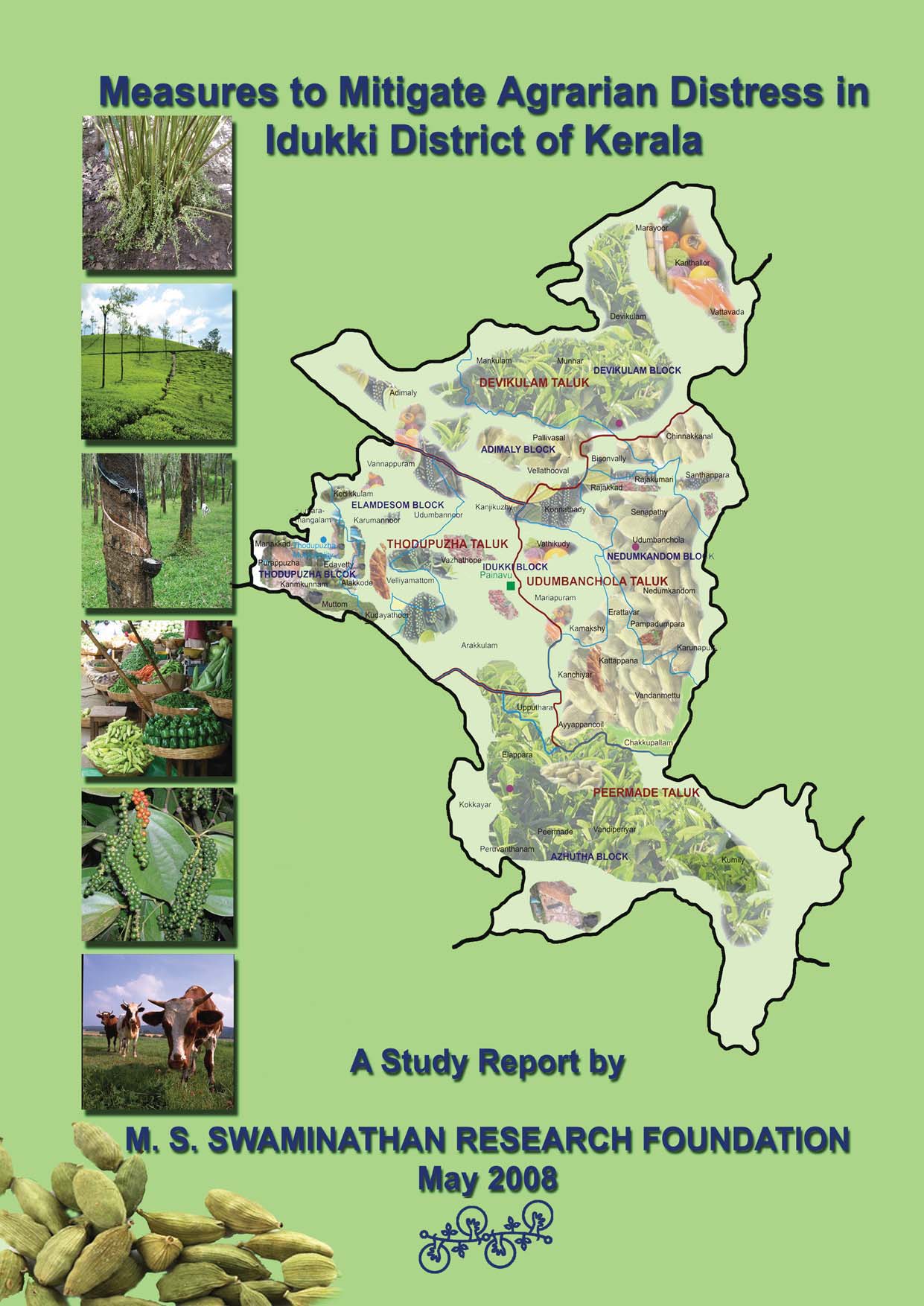Idukki District
Why floodplains need to be protected
Posted on 12 Oct, 2018 11:56 AMThe Kerala flood of 2018 was 30 percent less intense than that of 1924 deluge, the biggest in Kerala’s history. Yet it caused a huge loss of lives, property and infrastructure. Swollen rivers ruptured their banks and floodwaters gushed through houses built on the floodplains.

Kerala floods and after
Posted on 27 Sep, 2018 05:11 PMEvery time there is a huge flood in India with massive loss of lives and extensive physical damage, there is a hue and cry. Especially, if this takes place in an area not normally prone to such floods. Assam and Bihar, for instance, are regularly laid waste by floods and so, there is not much agitation over that anymore.

Kerala battles the worst flood since 1924
Posted on 25 Aug, 2018 05:34 PMWhen the five overflow gates of the Cheruthoni dam, a part of the Idukki reservoir comprising Cheruthoni, Kulamavu and Idukki arch dam were opened one by one on August 9, 2018, a torrent of water and mud gushed out. Heavy, unceasing rains had led to the dam reaching close to its maximum capacity, forcing the dam authorities to open all its gates.

First water atlas of the Himalayas launched during COP 21
Posted on 16 Dec, 2015 10:21 AMFirst water atlas of the Himalayas launched in Paris

What are the odds of a dam burst?
Posted on 11 Jul, 2015 10:48 AMOne of history’s worst dam bursts took place in Gujarat in 1979 when the four-kilometer long Machhu Dam II on the Machhu River collapsed. This led to a deluge in the industrial city of Morbi located five kilometers downstream as well as surrounding rural areas destroying thousands of homes and lives. While this was a tragedy, it was by no means an isolated one.

Two states and a dam row
Posted on 14 Jun, 2015 01:31 PMWhile the states of Tamil Nadu and Kerala have opposing stands on the Mullaperiyar dam, civil society actors have provided alternatives to the old dam whose decommissioning is bound to happen sooner or later. They have also pointed out the inappropriateness of building a new dam on Mullaperiyar.

Rare floral diversity in the Western Ghats forests
Posted on 03 May, 2013 02:29 PMA fluttering butterfly or a dashing cheetah immediately bring vivid images to mind. Does the image of a plant stir us as much? Are we as fascinated watching a flower bloom? Probably not. Maybe that’s why there is such a large focus on endangered animals and birds and not so much on plant species that are dying out.

Measures to mitigate agrarian distress in Idukki district of Kerala : A study report by MSSRF
Posted on 10 Jul, 2011 07:38 PM Although Idukki is generally perceived as a ‘spices district’ and a ‘plantation crop district’, about 95 per cent of the farmers here are small with tribal farmers constituting a substantial component. Public investment in agriculture in this district is very poor and this hampers agricultural progress and rural livelihoods in many ways.
Although Idukki is generally perceived as a ‘spices district’ and a ‘plantation crop district’, about 95 per cent of the farmers here are small with tribal farmers constituting a substantial component. Public investment in agriculture in this district is very poor and this hampers agricultural progress and rural livelihoods in many ways.
As a result of high cost of production of major crops and its volatile prices, small farmers who constitute the majority of the farming population have accumulated debt burden exceeding 700 crores. More than eighty per cent of this debt is due to crop loans to small and marginal farmers.
The recommendations in this report are made after giving due consideration to ongoing programmes and resources being made available thereof. These are mainly focused on the small, marginal and tribal farmers and other economically disadvantaged sections. The stress is on sustainability of agricultural production systems and strengthening the regional ecology.
